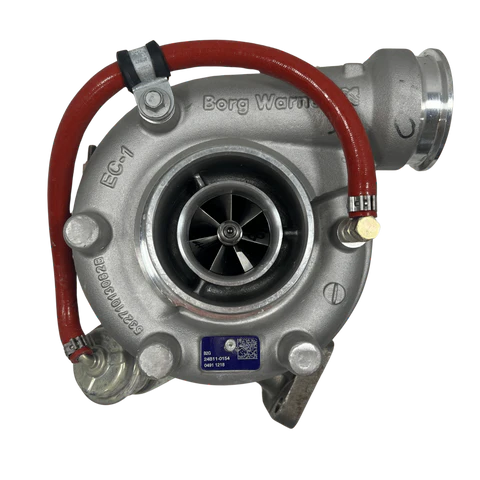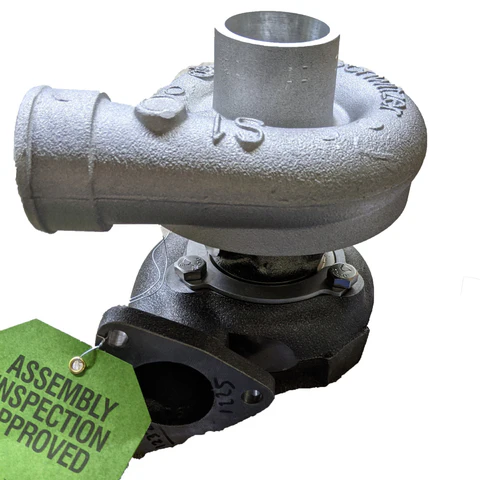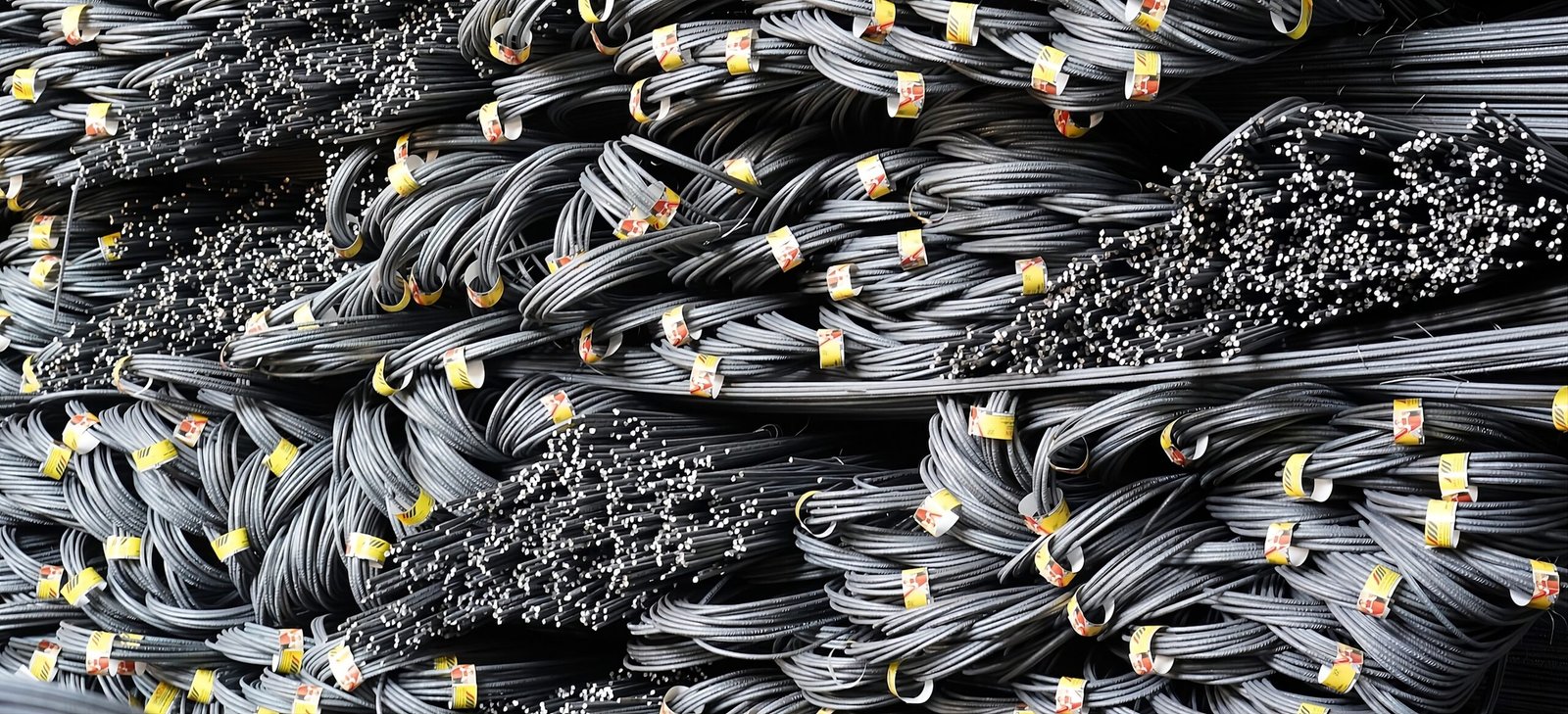Turbochargers have become a crucial component in modern engine technology, offering significant improvements in engine performance, efficiency, and power output. By leveraging exhaust gases to increase air intake, turbochargers allow vehicles to generate more horsepower without increasing engine size. At Goldfarb Associates, we recognize the importance of turbochargers in enhancing both fuel efficiency and performance, and we’ll explore how they work and why they are indispensable in today’s automotive landscape.
What is a Turbocharger?
A turbocharger is a device that forces more air into an engine’s combustion chamber, allowing the engine to burn more fuel and produce more power. It consists of two primary components: the turbine and the compressor. The turbine uses exhaust gases from the engine to spin and power the compressor. The compressor, in turn, pushes more air into the engine, boosting its performance.

At Goldfarb Associates, we specialize in understanding the technical details of turbocharging systems and how they can be optimized for different types of engines.
How Turbochargers Enhance Engine Performance
- Increased Air Intake One of the key benefits of a turbocharger is its ability to increase the amount of air entering the engine. The turbocharger compresses the air before it enters the combustion chamber, allowing more oxygen to mix with the fuel. This increased air intake allows for a more powerful and efficient combustion process.
- More Efficient Combustion With the additional air provided by the turbocharger, the engine can burn more fuel efficiently. This improves the overall energy output and performance of the engine. A more efficient combustion process means the engine can work harder without straining, improving both power and fuel efficiency.
- Boosted Power Output One of the main reasons turbochargers are favored is their ability to significantly increase engine power. By compressing air into the engine, turbochargers make it possible to burn more fuel, resulting in a higher power output. At Goldfarb Associates, we focus on optimizing turbocharging systems to ensure they deliver maximum power without compromising engine health.
- Improved Acceleration Turbochargers also contribute to faster acceleration. The increased power allows vehicles to accelerate more quickly, enhancing the driving experience. Additionally, turbochargers allow for quicker throttle response, which is particularly beneficial in performance vehicles or heavy-duty applications.
The Role of Turbochargers in Fuel Efficiency
While turbochargers are known for boosting power, they also help improve fuel efficiency. Smaller, turbocharged engines can deliver power comparable to larger engines without consuming as much fuel. This is particularly beneficial in today’s world, where fuel economy and environmental impact are increasingly important. At Goldfarb Associates, we guide clients in selecting the right turbocharging systems to balance both performance and fuel economy, ensuring optimal performance across the board.
Types of Turbochargers
- Single Turbocharger: A single turbo is the most common configuration, where one turbocharger boosts the engine’s power.
- Twin-Turbocharger: This system uses two turbochargers, allowing for more balanced and efficient power delivery.
- Variable Geometry Turbochargers (VGT): These turbos have adjustable turbine blades to optimize performance at different engine speeds.
- Electric Turbochargers: An emerging technology, electric turbos use an electric motor to reduce turbo lag and improve responsiveness.
At Goldfarb Associates, we work with various turbocharging technologies to provide tailored solutions that meet the specific needs of our clients.
Reducing Turbo Lag
Turbo lag is a common challenge with turbocharged engines. It occurs when there is a delay between pressing the accelerator and the turbocharger’s response. However, with modern technologies like variable geometry turbos and hybrid turbochargers, turbo lag has been significantly reduced. At Goldfarb Associates, we ensure that turbocharged systems are optimized to minimize lag, providing smoother acceleration and improved driving experience.
Turbocharging and Engine Longevity
Proper maintenance is crucial for ensuring the longevity of a turbocharged engine. Regular oil changes, careful monitoring of the intake and exhaust systems, and allowing the engine to cool down after a high-performance drive are essential to keeping the turbocharger in top condition. At Goldfarb Associates, we advise on best practices for maintaining turbocharging systems to prolong engine life and prevent costly repairs.
Applications of Turbochargers in Different Vehicles
Turbochargers are not only used in high-performance sports cars but also in everyday vehicles. Turbocharged engines are widely used in commercial vehicles and trucks, as they provide the necessary power without the additional fuel consumption of larger engines. At Goldfarb Associates, we help clients in various industries optimize their engine performance with turbocharging technology, from everyday vehicles to heavy-duty applications.

Conclusion
Turbochargers are a revolutionary technology that has transformed engine performance, offering a perfect balance of power and efficiency. Whether you’re interested in improving your vehicle’s fuel efficiency or enhancing its performance, turbochargers play a vital role in achieving both. At Goldfarb Associates, we specialize in providing expert advice on turbocharging systems and ensuring that your engine delivers maximum power and efficiency. With the right turbocharging technology, you can enjoy enhanced acceleration, fuel savings, and a longer-lasting engine.
FAQs
What is the main purpose of a turbocharger?
A turbocharger is designed to increase the power output of an engine by forcing more air into the combustion chamber. This allows the engine to burn more fuel and produce more power without increasing engine size, improving both performance and fuel efficiency.
How does a turbocharger work?
A turbocharger works by using exhaust gases produced by the engine to spin a turbine, which is connected to a compressor. The compressor forces more air into the engine’s combustion chamber, allowing for more oxygen to mix with fuel, leading to more efficient combustion and increased power.
Can a turbocharger improve fuel efficiency?
Yes, turbochargers can improve fuel efficiency. By allowing smaller engines to produce more power, turbocharged engines can offer performance comparable to larger engines while consuming less fuel. This is particularly beneficial in today’s automotive industry, where fuel economy is a priority.
Do turbocharged engines require special maintenance?
Turbocharged engines require regular maintenance to ensure their longevity. This includes changing the engine oil regularly, checking for air and exhaust leaks, and allowing the engine to cool down after high-speed driving to prevent turbocharger damage.
What are the benefits of a twin-turbocharger system over a single turbocharger?
A twin-turbocharger system uses two smaller turbos instead of one larger one. This allows for better power delivery across different engine speeds, reducing turbo lag and improving overall engine efficiency. Twin-turbos are especially beneficial in high-performance applications, providing smoother acceleration and more balanced power output.














Leave a Reply